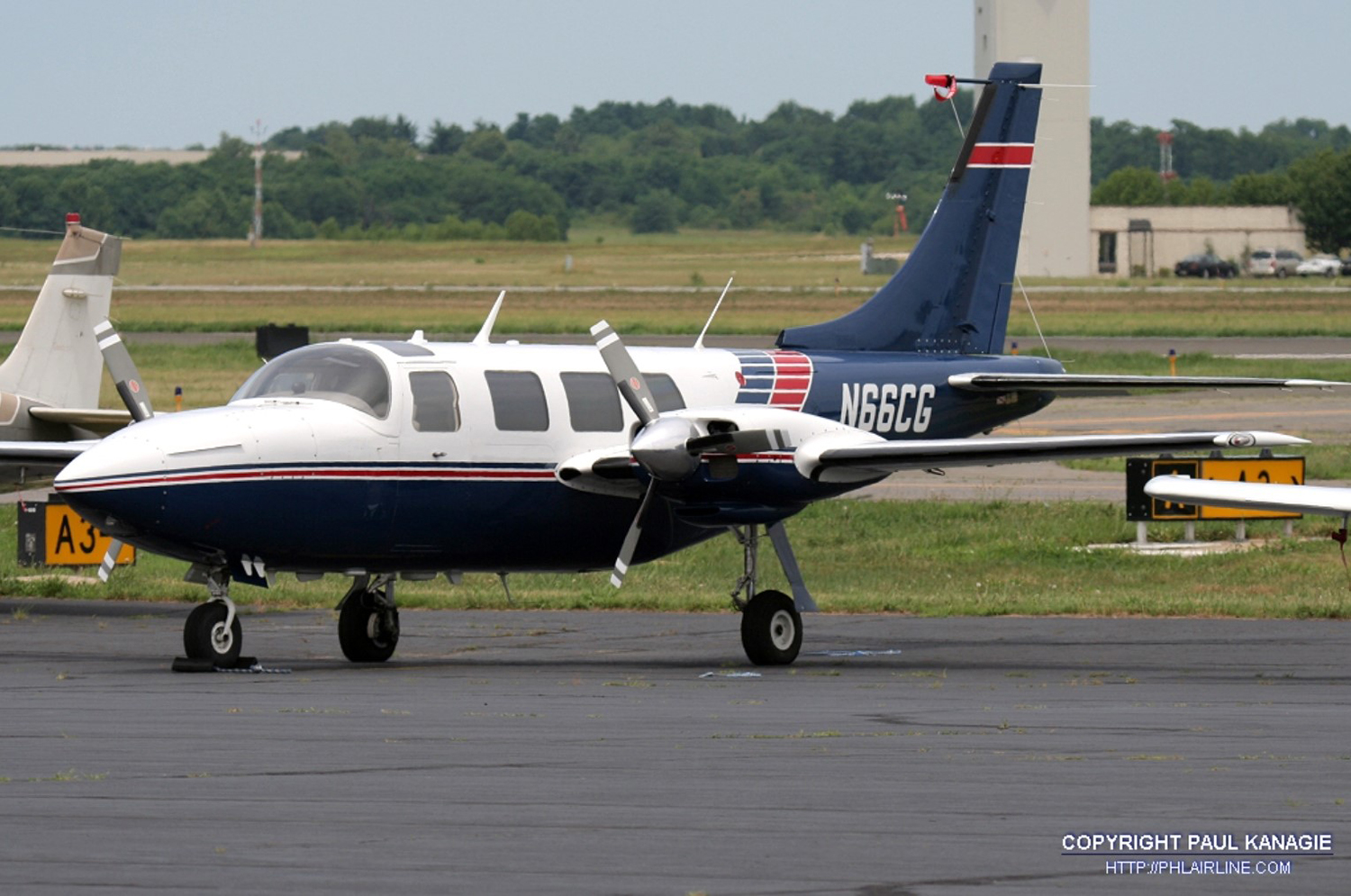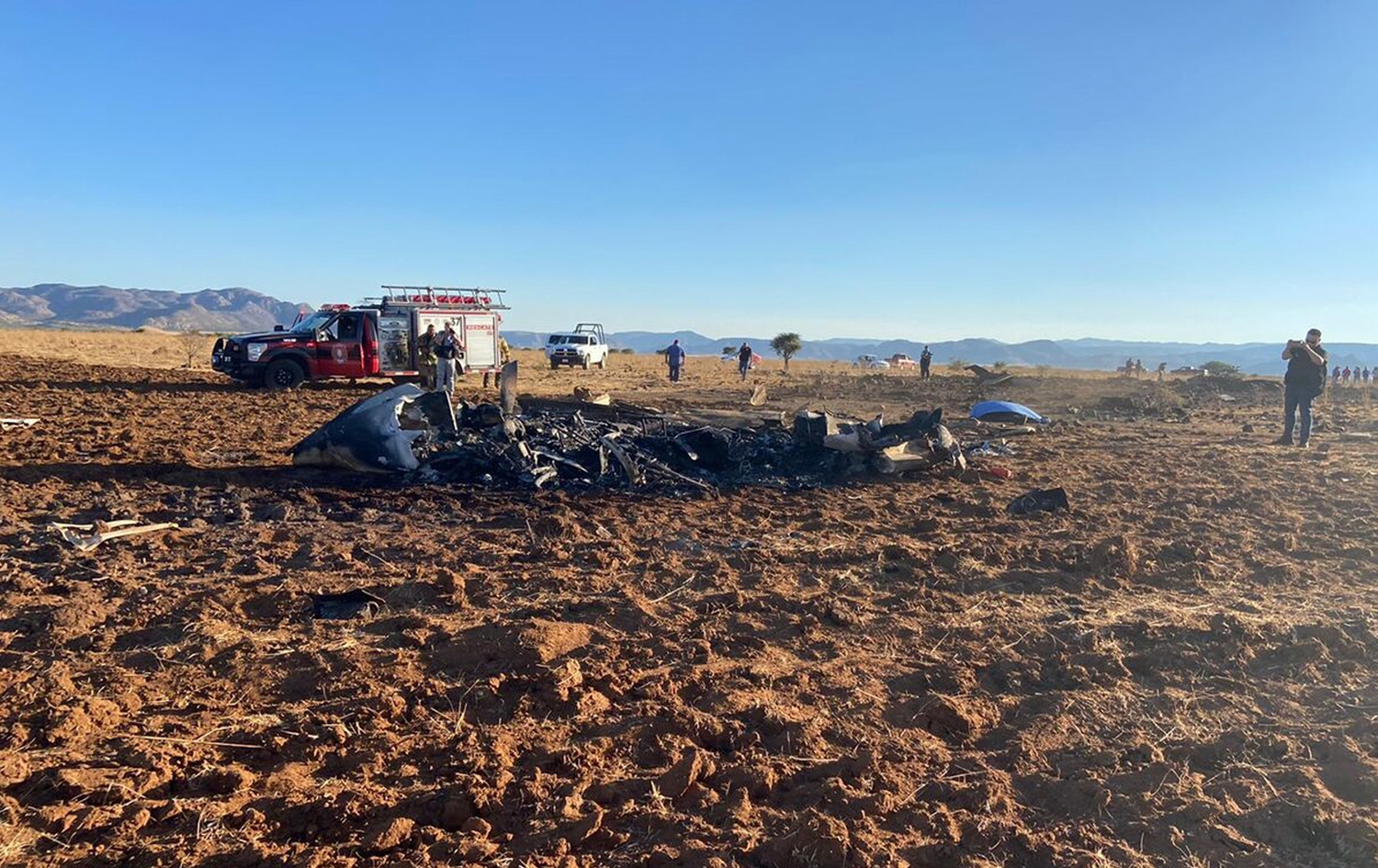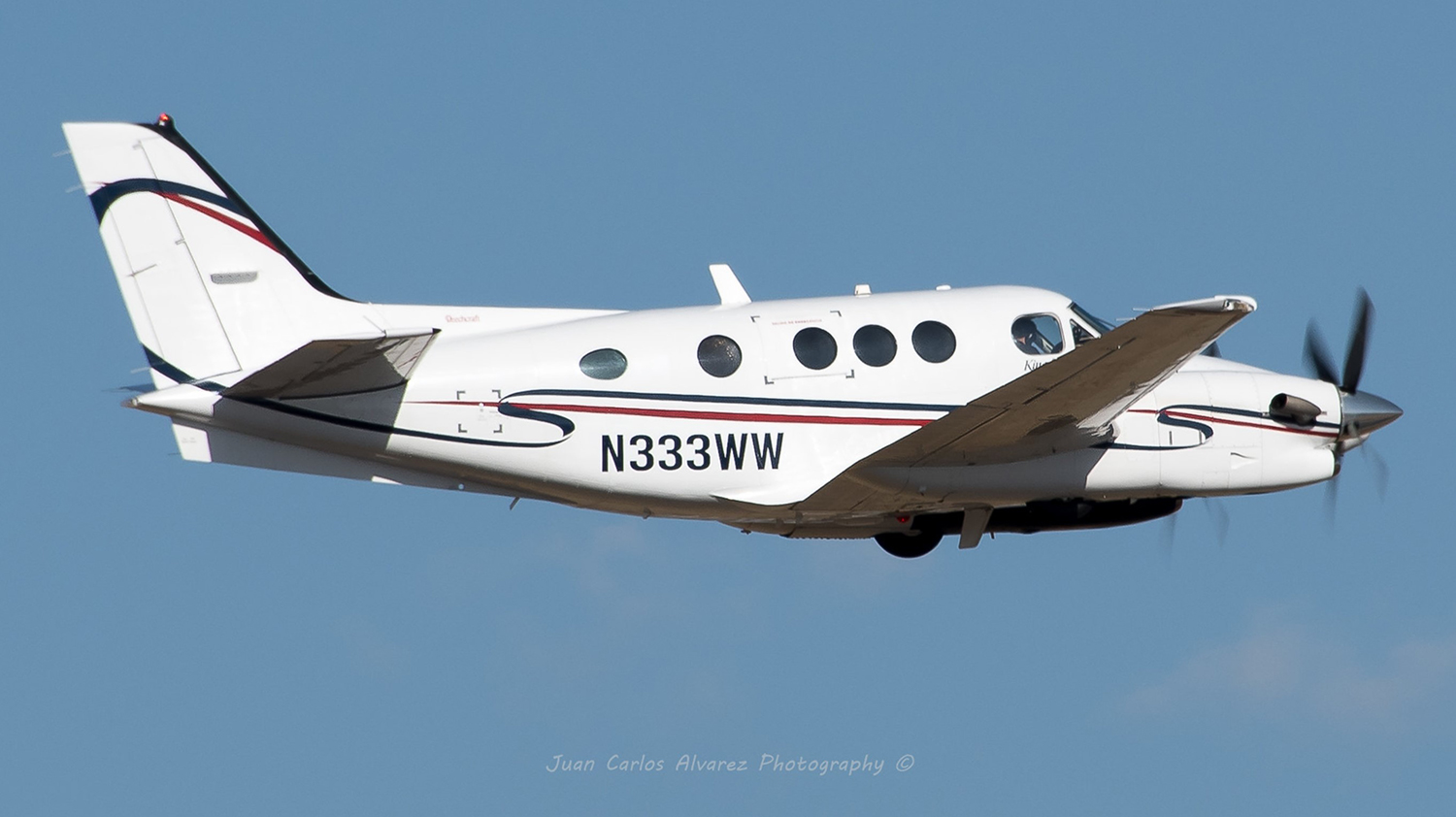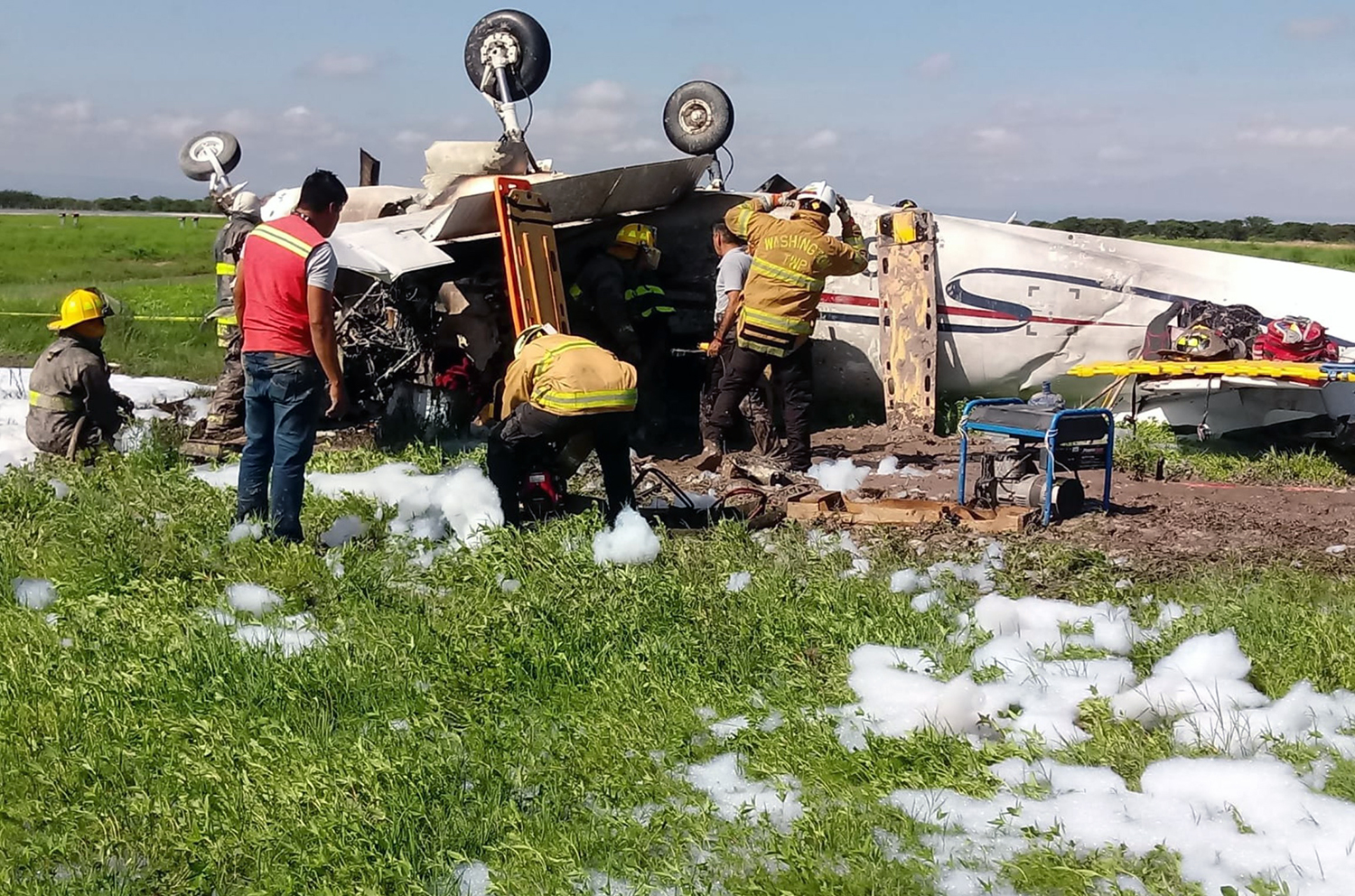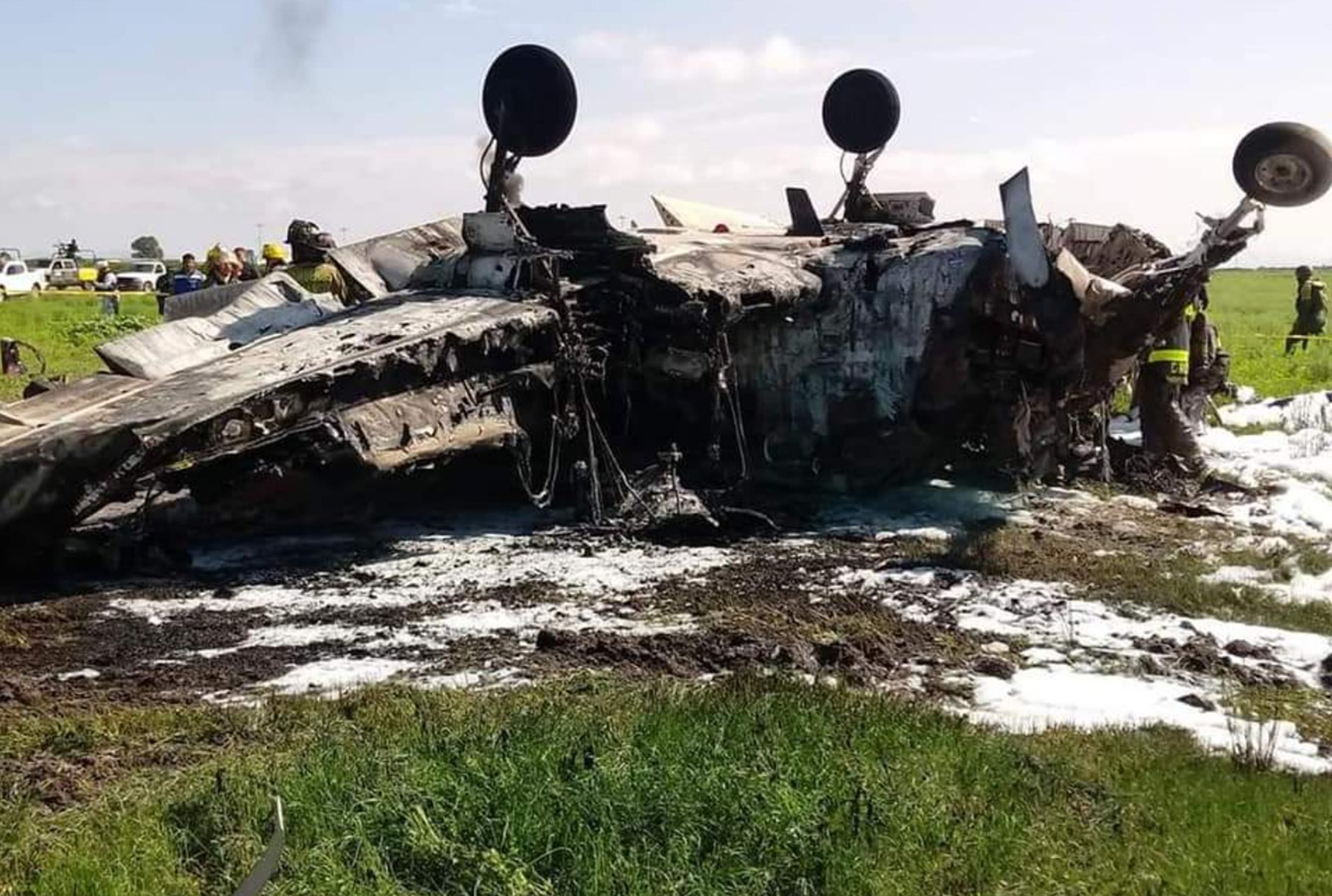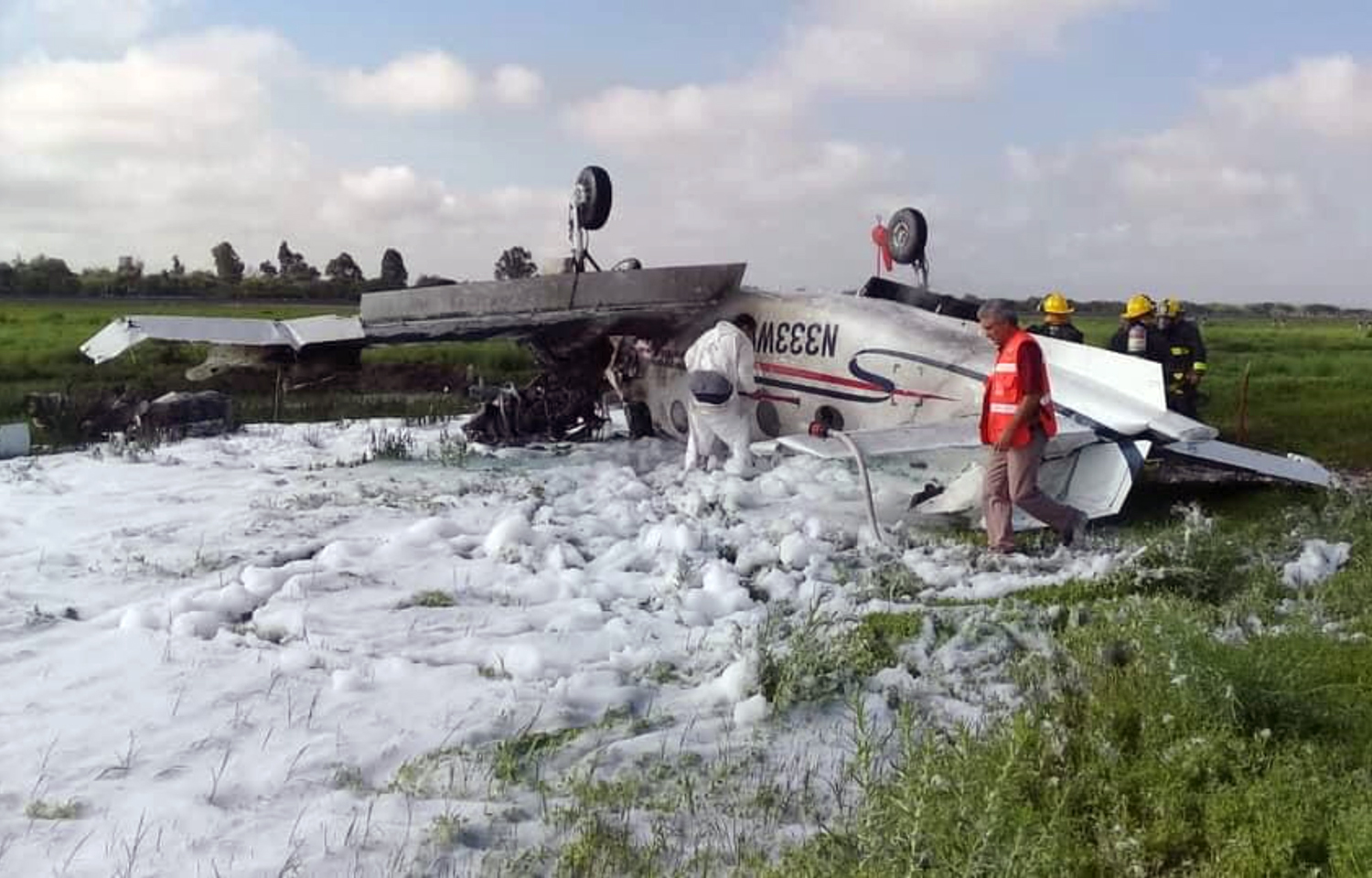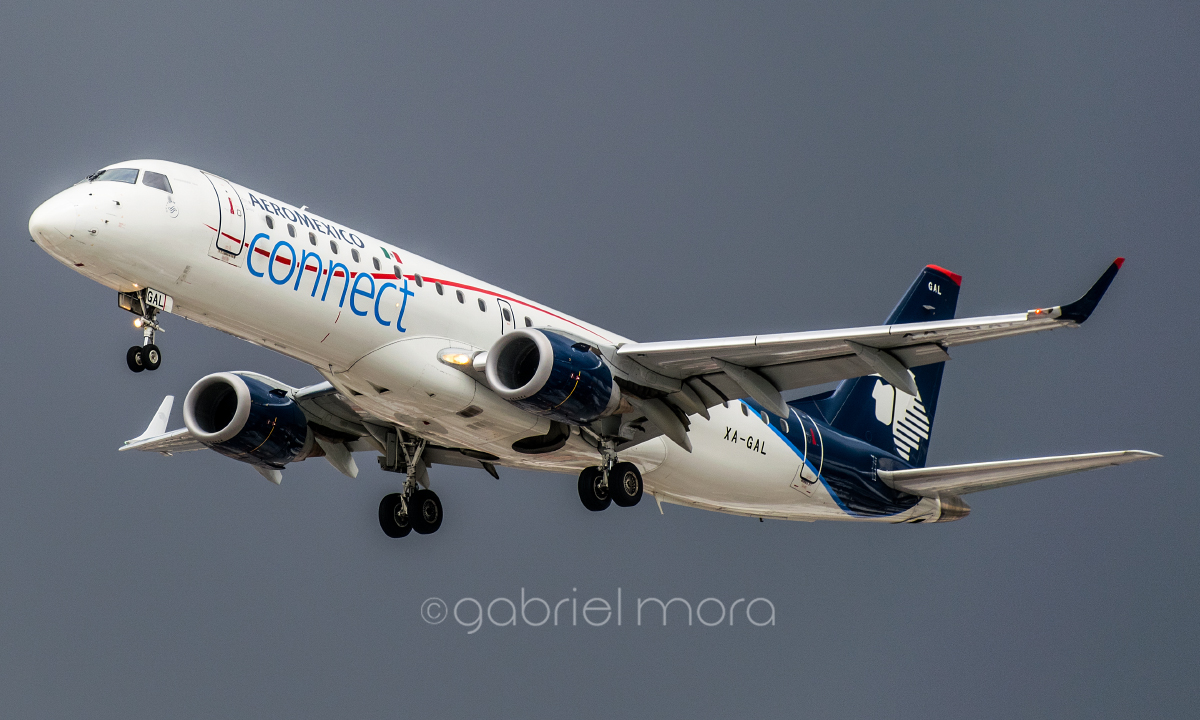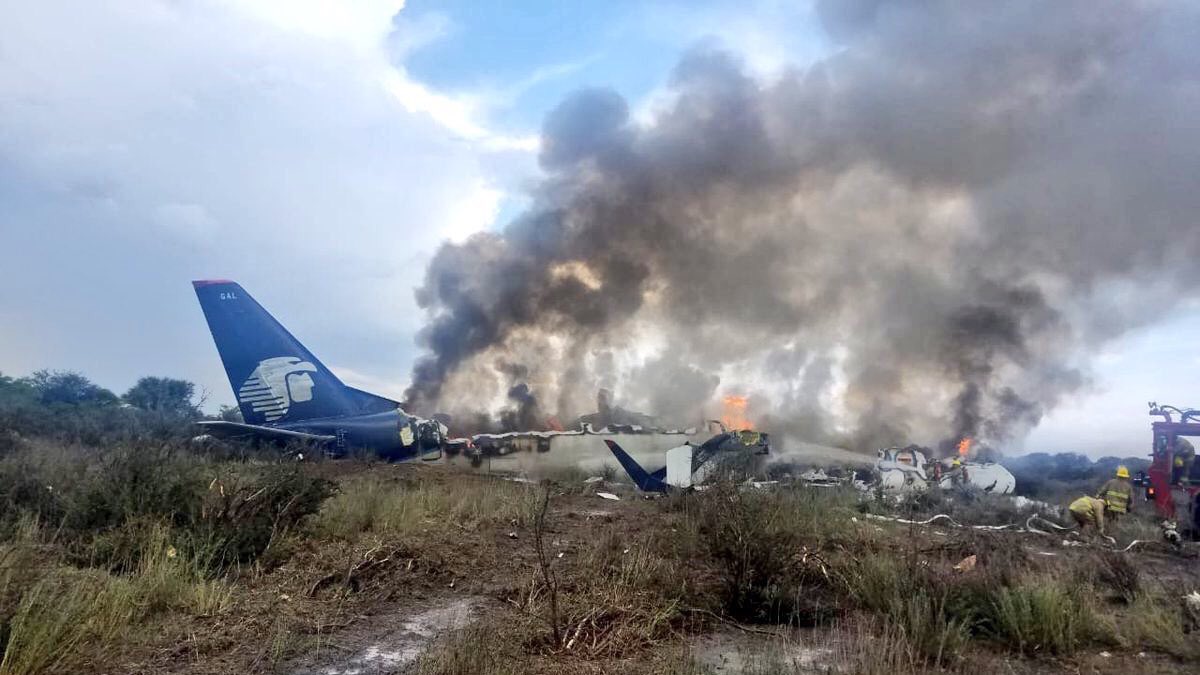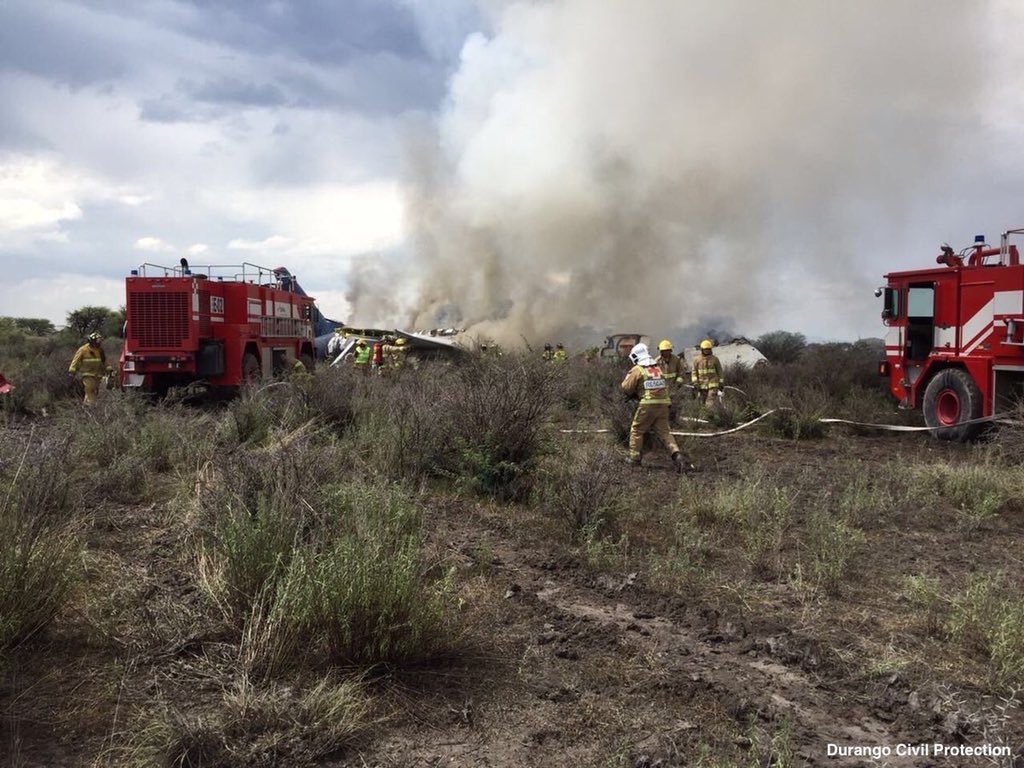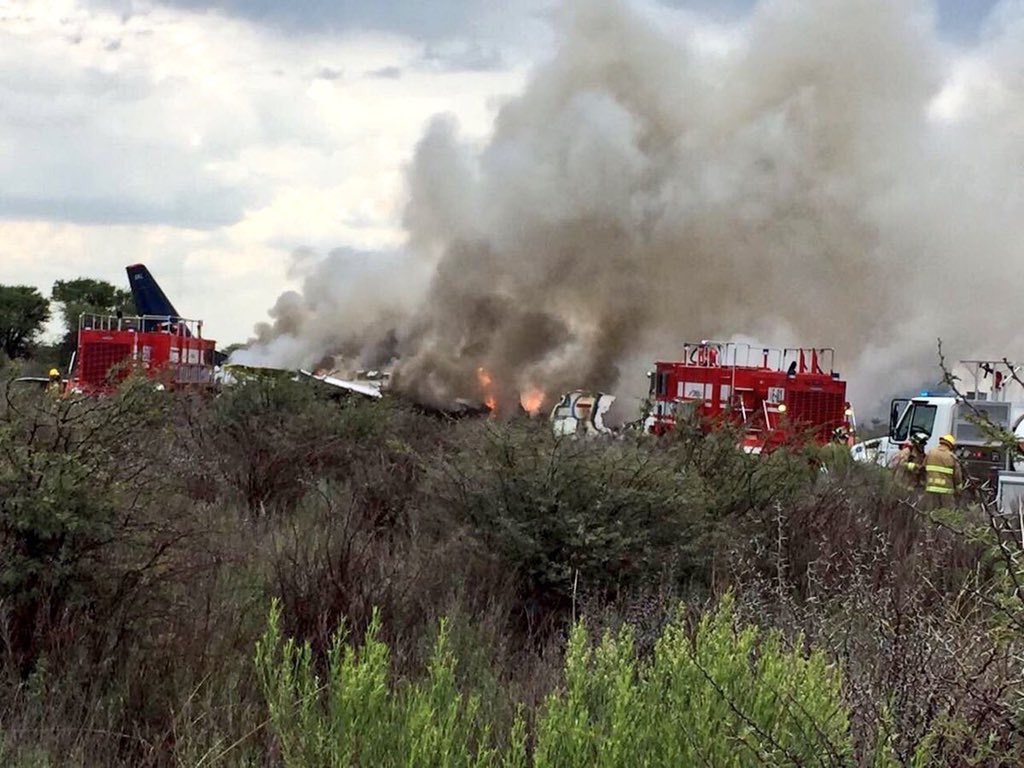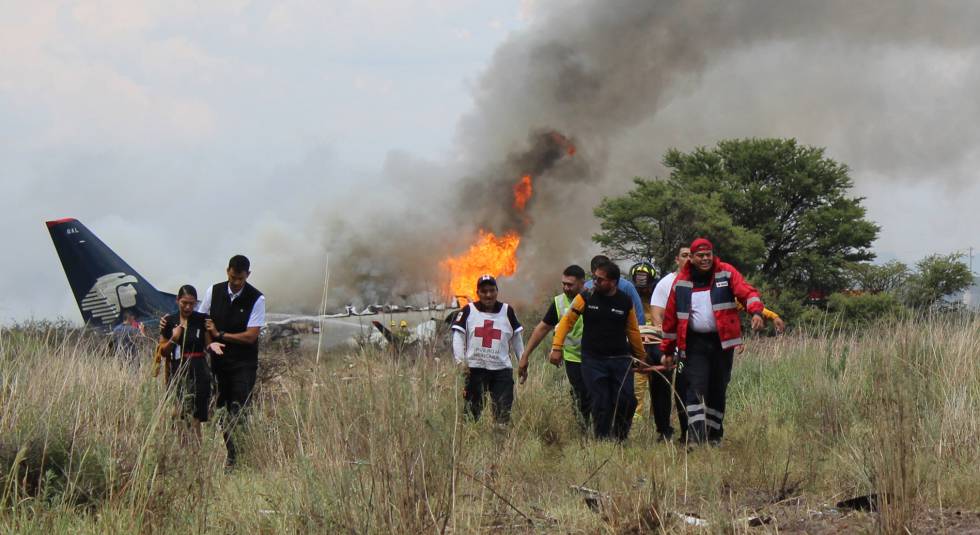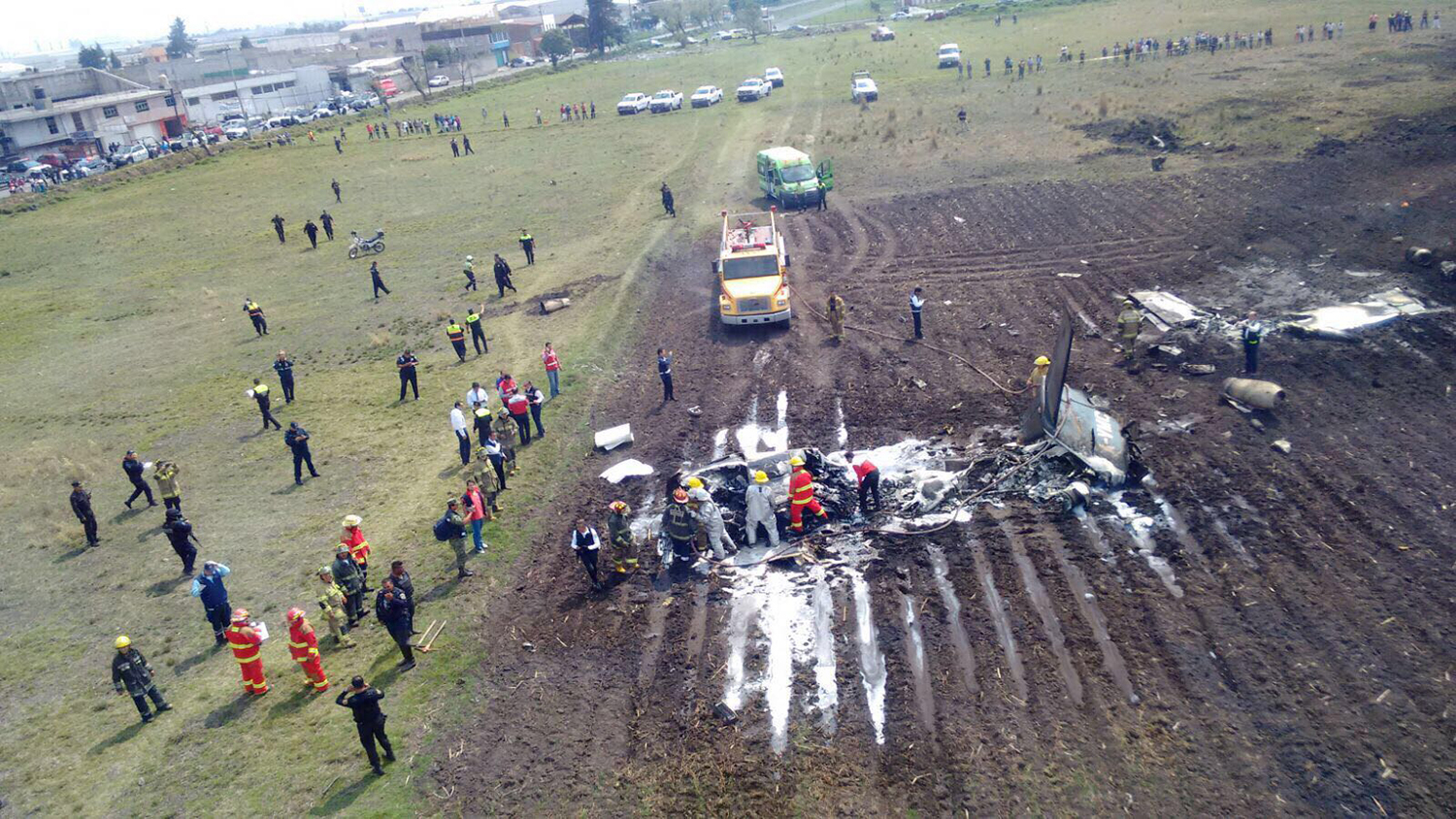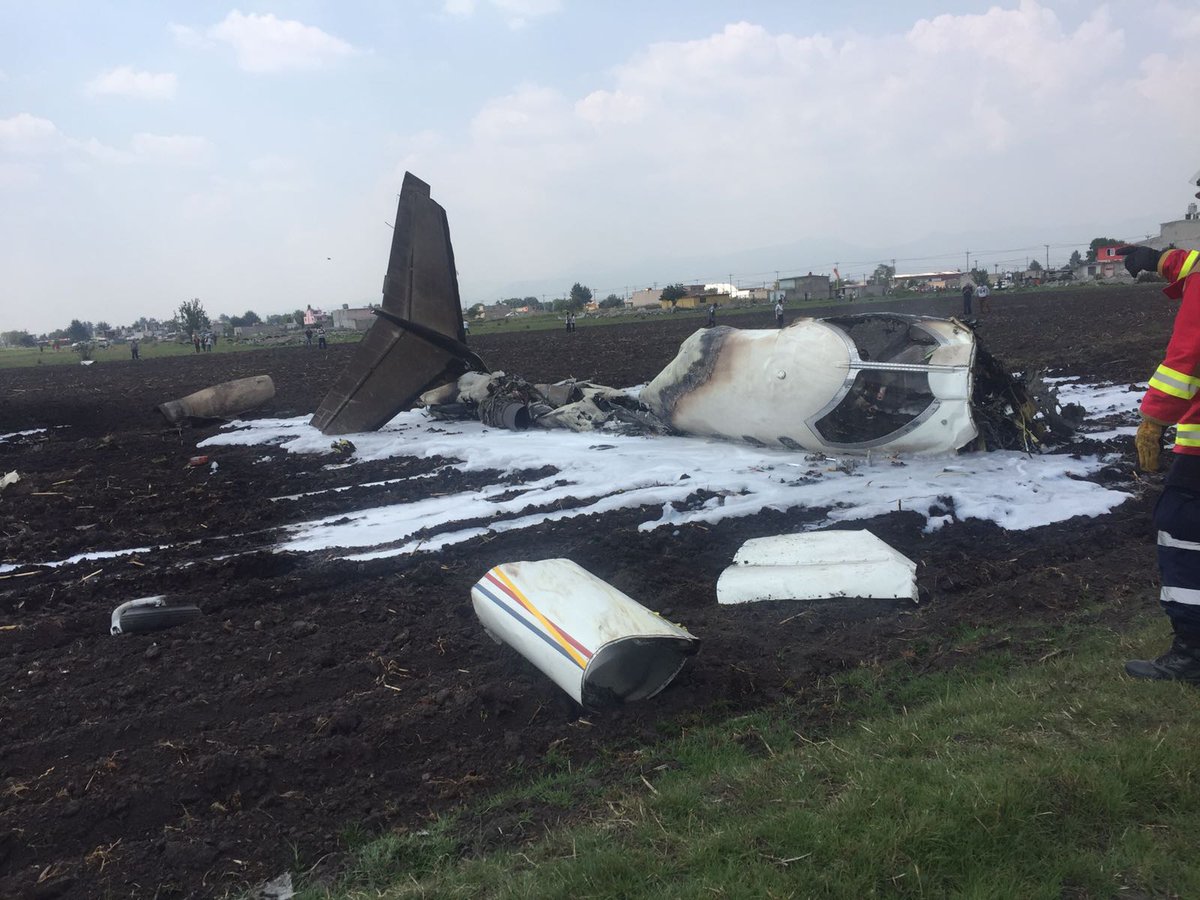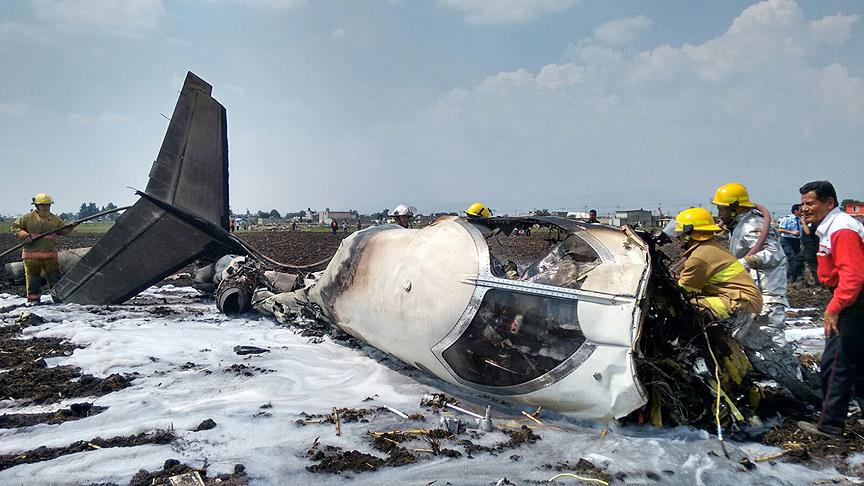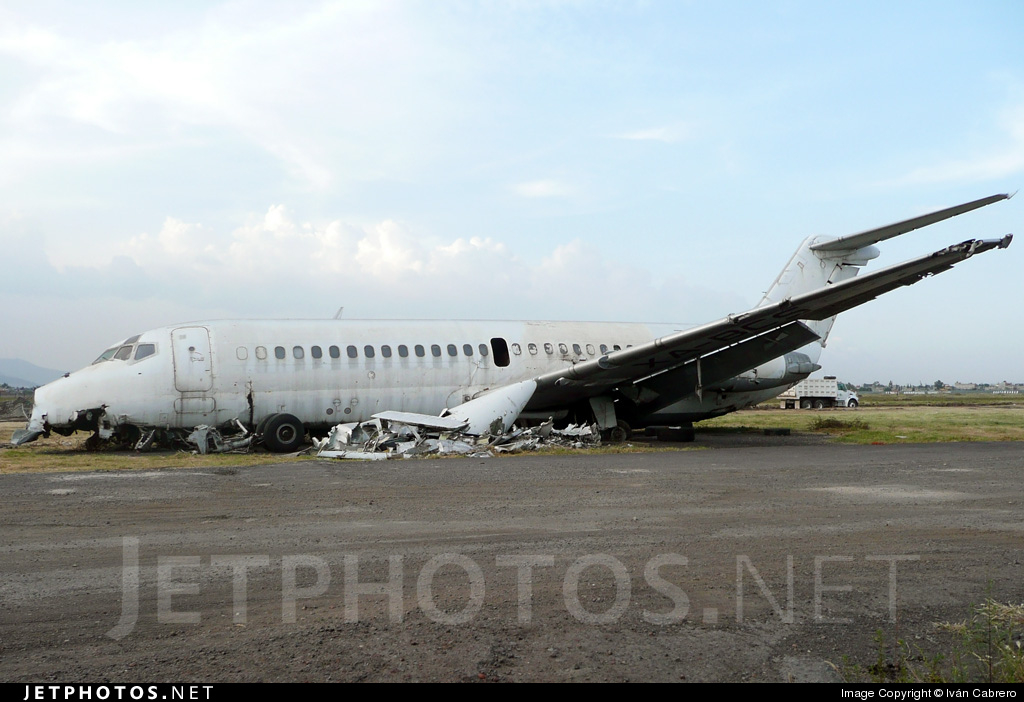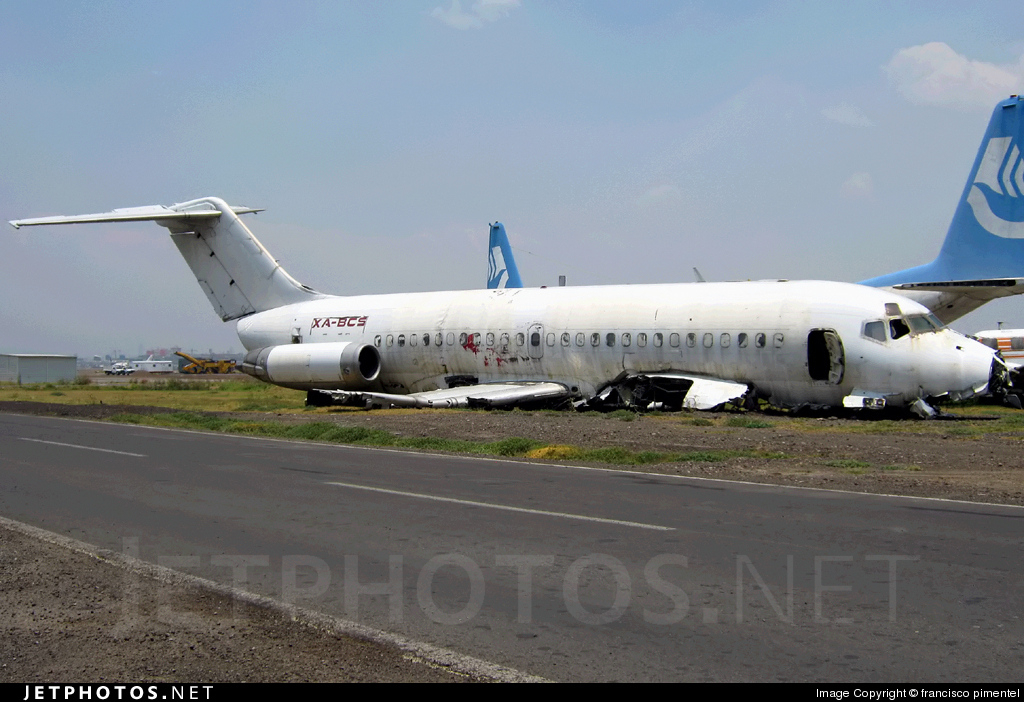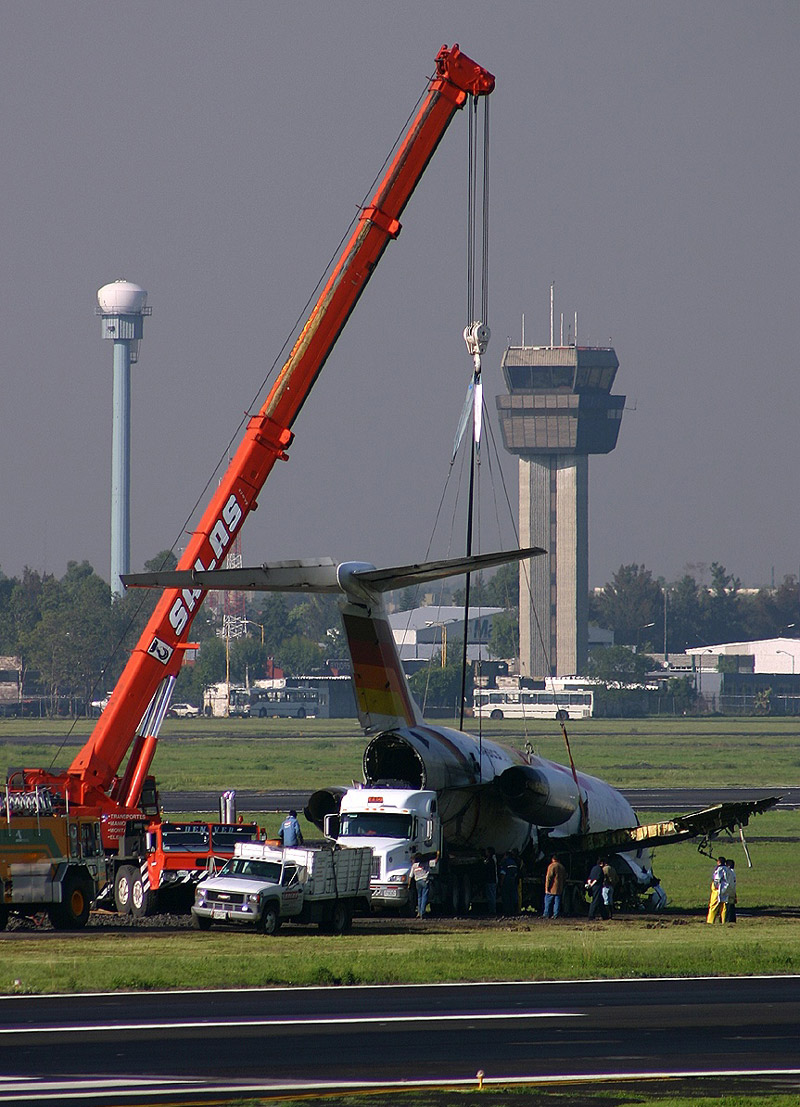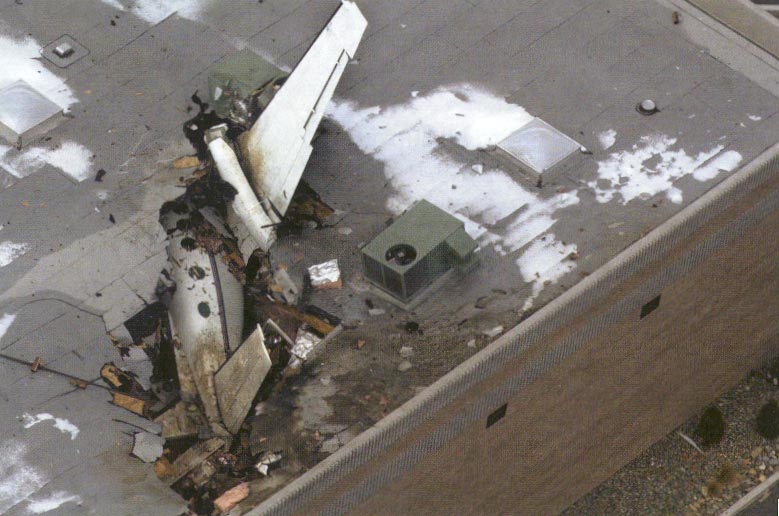Crash of a Piper PA-61P Aerostar near Durango: 2 killed
Date & Time:
May 23, 2022 at 1829 LT
Registration:
N66CG
Survivors:
No
Schedule:
Celaya - Durango
MSN:
61-0277-061
YOM:
1976
Crew on board:
1
Crew fatalities:
Pax on board:
1
Pax fatalities:
Other fatalities:
Total fatalities:
2
Circumstances:
While approaching Durango Airport on a flight from Celaya, the twin engine aircraft entered an uncontrolled descent and crashed in an open field located near the village of Ceballos, about 16 km northwest of the Durango Intl Airport. The burned wreckage was found near the Peña del Aguila Dam. Both occupants were killed.
